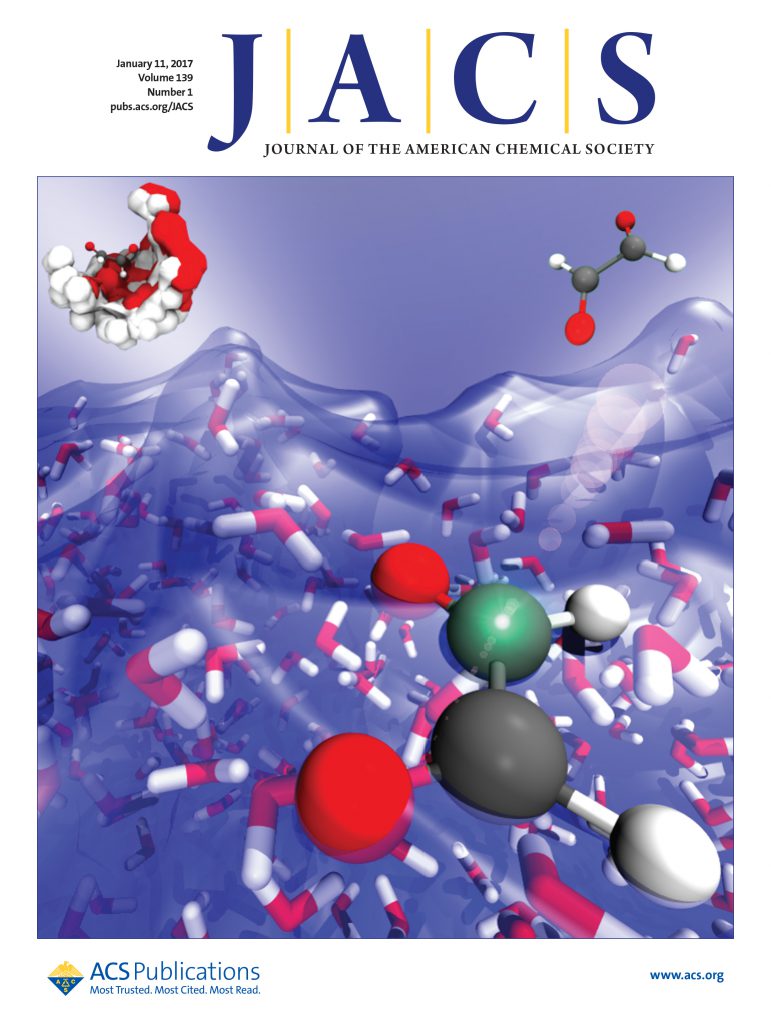Atomic Force Microscopy Strategies for Capturing Guest-Induced Structural Transitions in Single Flexible Metal–Organic Framework Particles
IF 14.4
1区 化学
Q1 CHEMISTRY, MULTIDISCIPLINARY
引用次数: 0
Abstract
Flexible metal–organic frameworks (MOFs) exhibit stepped adsorption isotherms due to structural transitions between narrow-pore (np) and large-pore (lp) states. This characteristic stepwise uptake at a certain pressure results in adsorptive high working capacities, making these materials highly effective for energy-efficient gas storage and separation processes. The transition pressure, which is key to enhancing separation efficiency, can be tuned by varying the particle size of flexible MOFs. However, a comprehensive understanding of size-dependent effects has been limited due to particle size distribution in samples. Conventional adsorption measurements provide only averaged isotherms for powder samples, and analyzing the size effect at the single-particle level requires experimental techniques that can capture transition behavior of individual particles separately. This study utilized atomic force microscopy coupled with thermodynamic analysis to investigate guest-induced structural transitions. Force application to a MOF particle triggered a structural change from the lp to np state, generating force profiles that were analyzed to uncover the underlying transition mechanisms and calculate transition pressures using free energy analysis. The evaluation revealed distinct transition mechanisms for two flexible MOFs: ELM-12 exhibited a step-by-step mechanism, while DUT-8(Ni) displayed an all-at-once transition. Force profile analysis enabled precise determination of the free energy changes and transition pressures for individual particles. This approach provided detailed insights into the transition mechanisms and their impact on overall adsorption isotherms, offering a novel perspective on how single-particle behavior influences bulk material performance.

求助全文
约1分钟内获得全文
求助全文
来源期刊
CiteScore
24.40
自引率
6.00%
发文量
2398
审稿时长
1.6 months
期刊介绍:
The flagship journal of the American Chemical Society, known as the Journal of the American Chemical Society (JACS), has been a prestigious publication since its establishment in 1879. It holds a preeminent position in the field of chemistry and related interdisciplinary sciences. JACS is committed to disseminating cutting-edge research papers, covering a wide range of topics, and encompasses approximately 19,000 pages of Articles, Communications, and Perspectives annually. With a weekly publication frequency, JACS plays a vital role in advancing the field of chemistry by providing essential research.

 求助内容:
求助内容: 应助结果提醒方式:
应助结果提醒方式:


